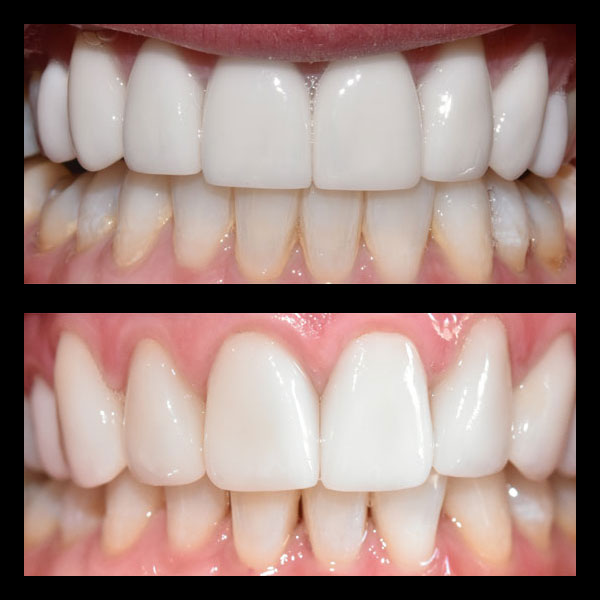Botox® Treatment for TMJ from Dr. Priya Uppal, DDS at Incredible Smiles in Boulder, CO
HOW BOTOX® TREATMENT CAN AID WITH TMJ AND CLENCHING SYMPTOMS
The temporomandibular joint (TMJ) is a jaw joint connecting the lower jaw and skull. 
For sufferers of temporomandibular disorder, also known as TMD, debilitating neck or jaw pain can present a significant problem. It can hinder everyday function as significantly as joint pain caused by arthritis.
Chronic pain, muscle spasms, headaches, and a stiff jaw are all symptoms commonly experienced by those suffering from this disorder. When left untreated, TMD can also lead to depression, ear pain, eating disorders, and malnutrition as a result. Dr. Priya Uppal, DDS can help with Botox® treatments, just one of many tools that can effectively treat the condition.
The confidence carried by an authentic smile, can open doors we didn’t know were closed. Why? Because smiling is evolutionarily contagious. We have a subconscious urge to smile when we see one. Whether it is meeting a work colleague or a potential love interest on a first date. Falling in love with a smile, and smiling in return, is something that should come naturally.
HOW CAN BOTOX® HELP REDUCE TMJ SYMPTOMS?
The TMJ is critical for swallowing, talking, eating, and making certain facial expressions. TMJ disorders arise if this joint becomes displaced or overworked. Trauma from displacement or overuse can lead to sharp jaw discomfort, headaches, excessive teeth grinding, and the avoidance of essential actions like eating or drinking. Many sufferers of TMD experience these issues and problems as a direct result of strain in this muscular region. Many think of Botox® as a merely cosmetic wrinkle treatment. However, it has many other medical uses as well. Not only is Botox® FDA-approved for treating hyperhidrosis (a sweating disorder), migraines, and other neurological issues, but it can also be used to treat TMJ disorders. As a neuromodulator, Botox® implements botulinum toxin type A to regulate nerve signals in the brain and relax specific muscle groups. Preventing overworking movements and promoting relaxation, Botox® is a viable treatment for chronic TMJ. It can reduce tension for muscle spasms, and teeth grinding. Moreover, Botox® can even minimize the effects of lockjaw providing a greater range of movement for some patients.
ARE YOU A GOOD CANDIDATE FOR BOTOX®?
If you suffer from myofascial pain or TMJ, Botox® treatment could be a potentially beneficial course of action. To discover whether you are a good candidate for Botox® to treat TMJ, Dr. Priya Uppal will schedule a consultation in which you will be thoroughly assessed and your specific condition will be evaluated. Using a holistic and comprehensive approach, Dr. Priya can help you determine whether this is the right choice for your unique situation.
WHAT IS BOTOX® TREATMENT LIKE FOR TMJ?
Your treatment plan will vary depending on your unique needs and case specification. Generally, a treatment plan will involve anti-inflammatory medications, stress reduction techniques, targeted neck and jaw stretches, and other helpful therapies related to your occlusion or teeth grinding (clenching). After your unique anatomy and muscle movements have been carefully evaluated, Dr. Priya uses a minimally invasive technique to place Botox® into your strained muscle groups. Most often, these muscle groups are located near the temple or jawline area. A typical pinch is standard, but this procedure is not painful. Dr. Priya uses a specialized technique to keep patients comfortable and many do not feel anything during their Botox® treatment. You should not rub or agitate the injection site for several hours to ensure that the Botox® placement remains correct. Treatments can usually be completed within about 10 minutes. Then, you should be able to resume your regular activities. Typically, TMJ patients will require a few sequential treatments over the course of several months.
WHAT RESULTS CAN YOU EXPECT FROM BOTOX®?
Patients can experience mild improvements with Botox® within a day or two following treatment. Bearing that in mind, real alleviation begins after about 7-10 days. Botox® is not a one-time-only treatment, as the effects will begin to wear off after about one year. For this reason, multiple treatments may be necessary to ensure your relief lasts.
ADDRESS YOUR PAIN AND DISCOMFORT USING BOTOX TREATMENT FOR TMJ AND BRUXISM NOW!
Are you ready to learn more about your Botox® treatment options for TMJ and bruxism? If so, we encourage you to contact Dr. Priya Uppal, DDS, and schedule your complimentary consultation at Incredible Smiles today! At Incredible Smiles, we work hard to ensure that clients can make informed decisions about the treatments that fit their needs and lifestyle.
SCHEDULE YOUR CONSULTATION with Priya Uppal DDS.








